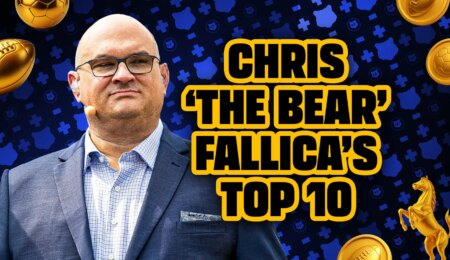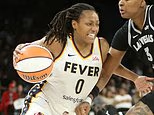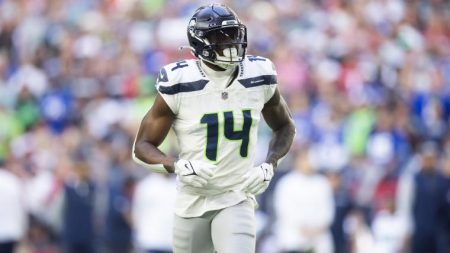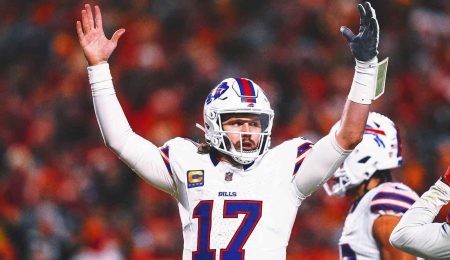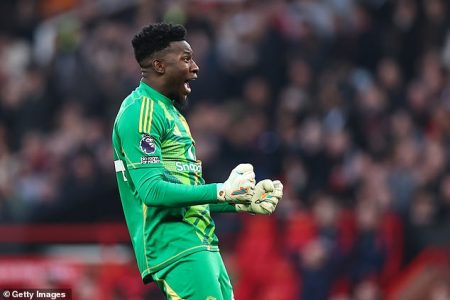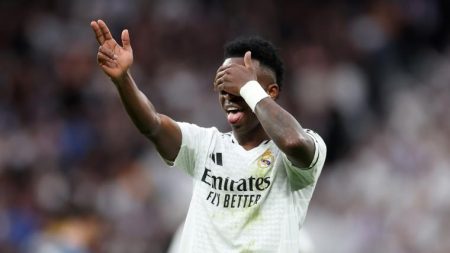The Drama of Absence: International Hockey’s 4 Nations Face-Off
Whenever international events like the 4 Nations Face-Off roll around, the discussions often revolve around the players who didn’t make the cut as much as those who did. This year, the tournament brings together 92 players from the NHL representing four hockey powerhouses: the USA, Canada, Sweden, and Finland. The rosters were finalized before the action in Montreal and Boston, but the debates and rumors haven’t ceased. From outright omissions to close calls, the snubs of the 4 Nations Face-Off have already become a topic of interest. Here, we take a closer look at some of the most notable players who won’t be gracing the ice this time around.
Canada’s Uncertain Choices
Canada, known for its deep pool of hockey talent, has left some fans scratching their heads with a few surprising omissions. Mark Scheifele, the Winnipeg Jets’ center, is a prime example. Despite leading the league in shooting percentage (25.2%) and being tied for third in goals (31) and 13th in points (63), Scheifele was left off the roster. His defensive shortcomings were cited as the primary reason, but his scoring prowess makes his exclusion hard to understand. Another dynamic player, Evan Bouchard of the Edmonton Oilers, also found himself on the outside looking in. Bouchard’s 44 points this season and his reputation as an exceptional puck mover with a wicked shot were overshadowed by concerns over his defensive lapses. Additionally, Tom Wilson of the Washington Capitals, known for his physical play and 24 goals, was snubbed despite speculation that he would make the final cut. Canada seemed to prioritize a balanced roster, but the absence of these players raises questions about the selection criteria.
Goalie Woes for Canada
Among the most contentious omissions from Canada’s roster are the goaltenders. Logan Thompson, Darcy Kuemper, and Mackenzie Blackwood have de somelivered of the best statistics this season, yet they were all left at home. Thompson has the third-best goals against average (GAA) and save percentage among Canadian goalies, while Kuemper and Blackwood are not far behind. The lack of a clear elite goaltender in Canada meant that any of these three could have been a strong choice to start. Instead, the roster includes Jordan Binnington, Adin Hill, and Sam Montembeault. This decision leaves many questioning the logic, especially given the importance of solid goaltending in high-stakes international competitions.
USA’s Defensive Favors
The USA’s roster choices have also sparked plenty of debate. One of the most glaring omissions is Cole Caufield, who is tied for ninth in the league with 26 goals. However, the selection committee favored players who can contribute to the bottom-six and special teams roles, such as Vincent Trocheck and Chris Kreider. Another standout forward, Tage Thompson, was similarly overlooked. Despite his 6-foot-6 frame and strong scoring ability, Thompson was passed over in favor of more defensive-minded players. Jason Robertson, once a lock for the team, has seen his numbers decline over the past two seasons, and he will also be watching from the sidelines. The Stars winger has 51 points this season but is no longer the back-to-back 40-goal scorer he was from 2021 to 2023. On the blue line, John Carlson’s absence is particularly noteworthy. The Capitals veteran has been a key player in the team’s Eastern Conference leadership, but the USA opted for younger options like Brock Faber and Jake Sanderson. Carlson’s experience and power-play skills might have been valuable, but it seems age and potential were prioritized over proven performance.
Sweden’s Veteran Preference
Sweden, another hockey powerhouse, has also made some intriguing roster decisions. Simon Edvinsson, a standout rookie defenseman for the Detroit Red Wings, is one of the most notable snubs. Edvinsson’s steady, two-way play has earned him a top-four role in Detroit, but the Swedish blue line is so loaded that he couldn’t crack the roster. The decision to leave him out, while understandable given the depth, seems short-sighted, as Edvinsson is only 22 and has a bright future ahead. On the forward side, William Eklund, a 22-year-old Shark, has had a strong sophomore season with 40 points in 52 games. However, veterans like Gustav Nyquist and Viktor Arvidsson were chosen over him. This preference for experience over youth leaves some wondering if Sweden might be overlooking future stars in favor of past success.
Finland’s Youth vs. Experience
Finland’s roster choices reflect a similar theme of balancing youth and experience. Jesperi Kotkaniemi, the Carolina Hurricanes center, was notably left off the team. Kotkaniemi is showing signs of a strong comeback after a poor 2023-2024 season, and he’s only one point away from matching his total from last year. Despite this, his fit with the team is not as clear as other Finnish forwards, leading to his exclusion. Joel Kiviranta, Matias Maccelli, and Eeli Tolvanen, younger options with less experience, were also left off in favor of veterans like Erik Haula and Joel Armia. Ville Heinola, a young Jets defenseman, is the lone Finn among the blue line snubs. Heinola’s omission was particularly tough, especially considering the number of Finnish defensemen who made the initial roster and the fact that the final spot came down to him and Senators defenseman Nikolas Matinpalo, who has played just two more games this season.
The Impact of These Omissions
The choices made by the management of these four nations have far-reaching implications. For the players left out, the snubs can be a double-edged sword. On one hand, they are a clear sign that they need to improve in certain areas to make future teams. On the other hand, it can be a motivator, pushing them to prove their worth next time around. For the teams participating, these omissions mean that they are missing out on some exceptional talent, which could affect their performance in the tournament. The 4 Nations Face-Off is not just a showcase of the best players currently on the ice but also a reflection of the decisions that shape national pride and team dynamics. As the tournament unfolds, fans and analysts will undoubtedly be discussing these snubs and how they might have changed the landscape of the competition.


